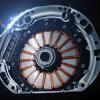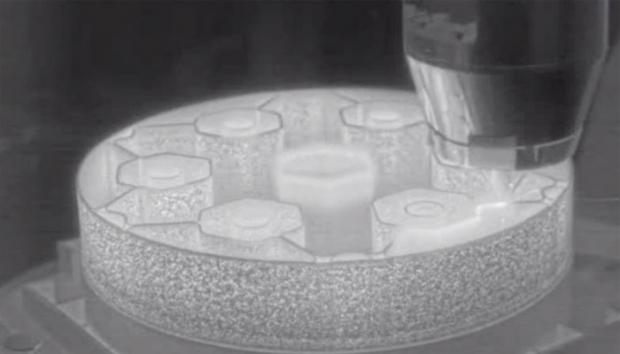
Breaking News
 THEY'LL DO WHATEVER IT TAKES TO ENSURE THIS STAYS HIDDEN
THEY'LL DO WHATEVER IT TAKES TO ENSURE THIS STAYS HIDDEN
 REPORT: This guy is still secretly running key parts of the CIA…
REPORT: This guy is still secretly running key parts of the CIA…
 Historic Aviation Engine Advance to Unlock Hypersonic Mach 10 Planes
Historic Aviation Engine Advance to Unlock Hypersonic Mach 10 Planes
 OpenAI CEO Sam Altman Pitches Eyeball-Scanning World ID to Bankers
OpenAI CEO Sam Altman Pitches Eyeball-Scanning World ID to Bankers
Top Tech News
 "No CGI, No AI, Pure Engineering": Watch Raw Footage Of 'Star Wars'-Style Speeder
"No CGI, No AI, Pure Engineering": Watch Raw Footage Of 'Star Wars'-Style Speeder
 NASA's X-59 'quiet' supersonic jet rolls out for its 1st test drive (video)
NASA's X-59 'quiet' supersonic jet rolls out for its 1st test drive (video)
 Hypersonic SABRE engine reignited in Invictus Mach 5 spaceplane
Hypersonic SABRE engine reignited in Invictus Mach 5 spaceplane
 "World's most power dense" electric motor obliterates the field
"World's most power dense" electric motor obliterates the field
 The Wearables Trap: How the Government Plans to Monitor, Score, and Control You
The Wearables Trap: How the Government Plans to Monitor, Score, and Control You
 The Streetwing: a flying car for true adventure seekers
The Streetwing: a flying car for true adventure seekers
Magic mushrooms may hold the secret to longevity: Psilocybin extends lifespan by 57%...
 Unitree G1 vs Boston Dynamics Atlas vs Optimus Gen 2 Robot– Who Wins?
Unitree G1 vs Boston Dynamics Atlas vs Optimus Gen 2 Robot– Who Wins?
 LFP Battery Fire Safety: What You NEED to Know
LFP Battery Fire Safety: What You NEED to Know
 Final Summer Solar Panel Test: Bifacial Optimization. Save Money w/ These Results!
Final Summer Solar Panel Test: Bifacial Optimization. Save Money w/ These Results!
2023 for First 3D Printed Nuclear Reactor Core by ORNL

A rapidly built 3D printed nuclear reactor could get nuclear energy competitive again for power generation. A compact nuclear reactor could be used for space propulsion and space power.
The lab aims to turn on the first-of-its-kind reactor by 2023. TCR will be the 14th reactor built and operated by ORNL.
Here is an 80 page report on the 13 previous nuclear reactors built and operated by ORNL. The first was the graphite reactor, the world's first operational nuclear reactor, which served as a plutonium production pilot plant during World War II. It was followed by two aqueous-homogeneous reactors and two red-hot molten-salt reactors that were parts of power-reactor development programs and by eight others designed for research and radioisotope production. One of the eight was an all-metal fast burst reactor used for health physics studies. All of the others were light-water cooled and moderated, including the famous swimming-pool reactor that was copied dozens of times around the world. Two of the reactors were hoisted 200 feet into the air to study the shielding needs of proposed nuclear-powered aircraft. The final reactor, and the only one still operating today, is the High Flux Isotope Reactor (HFIR) that was built particularly for the production of californium and other heavy elements.



